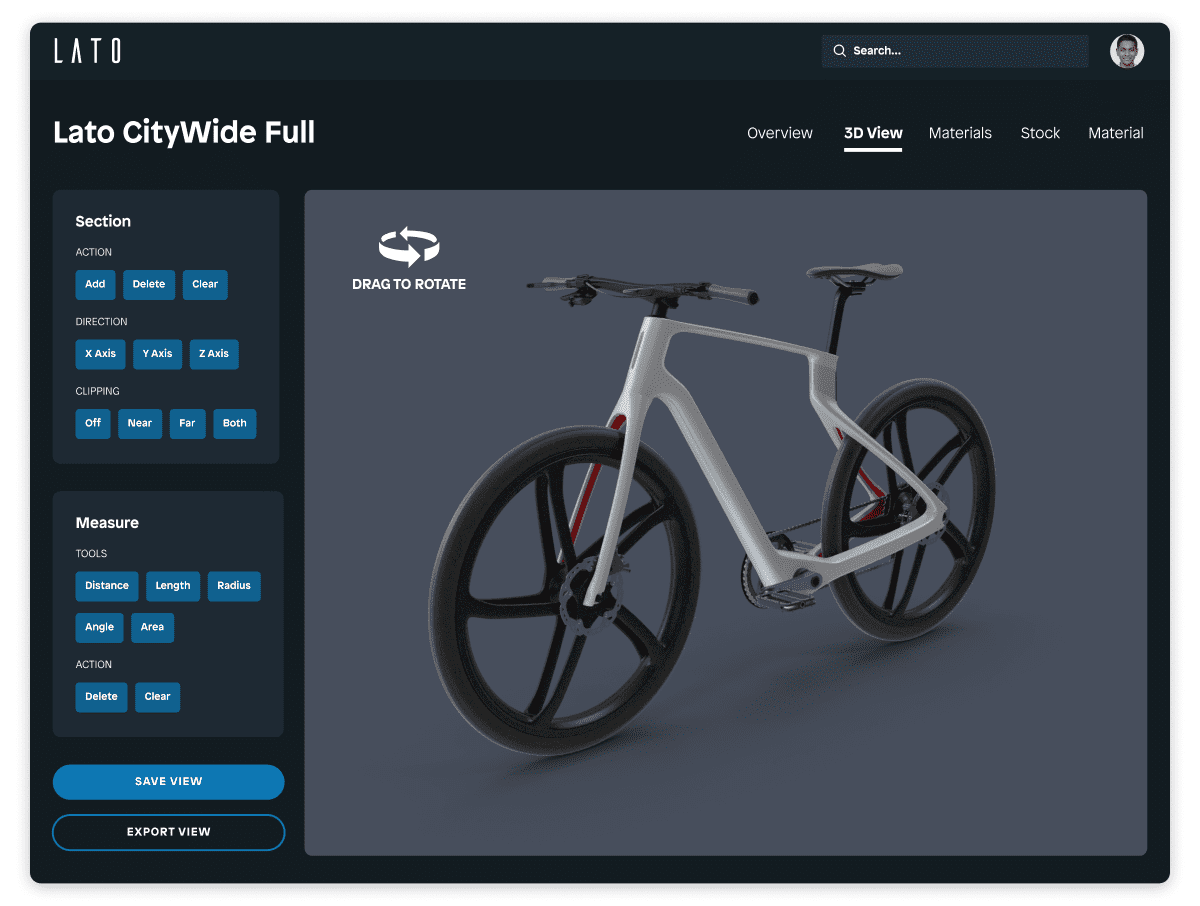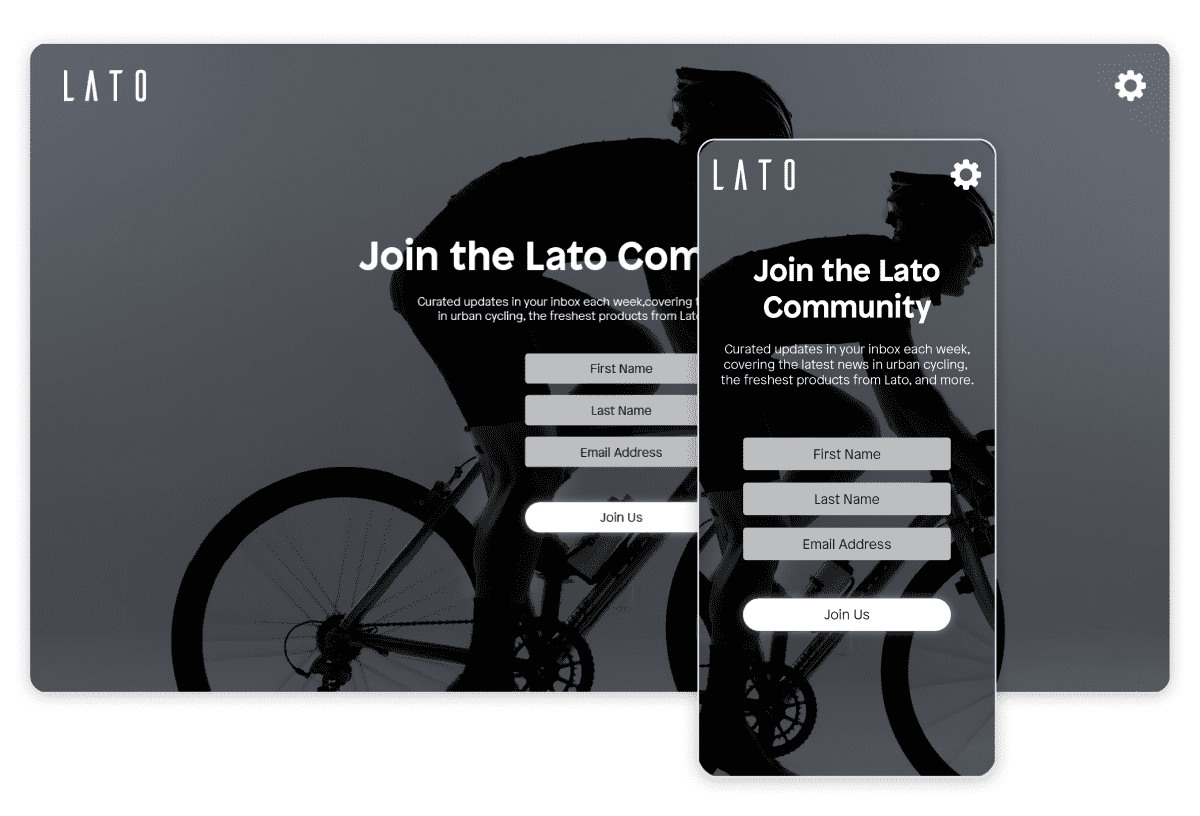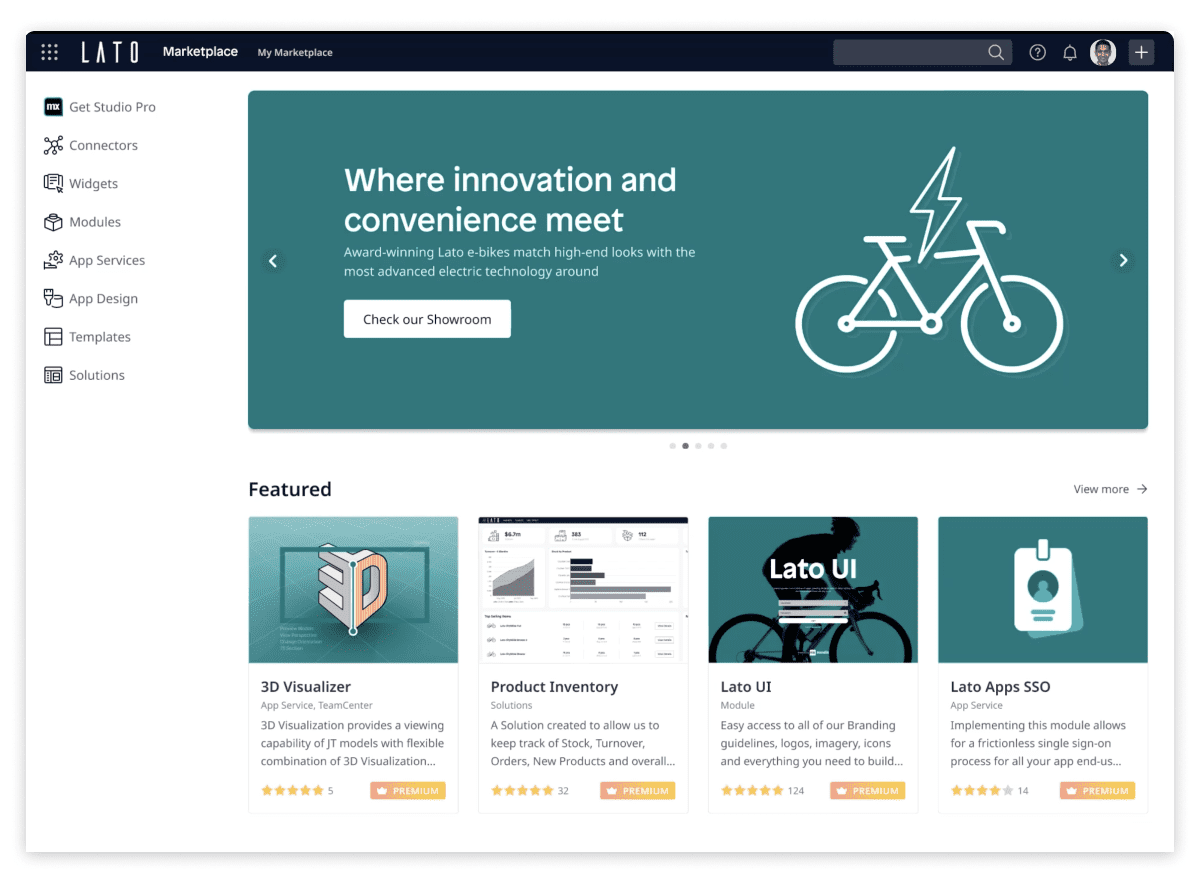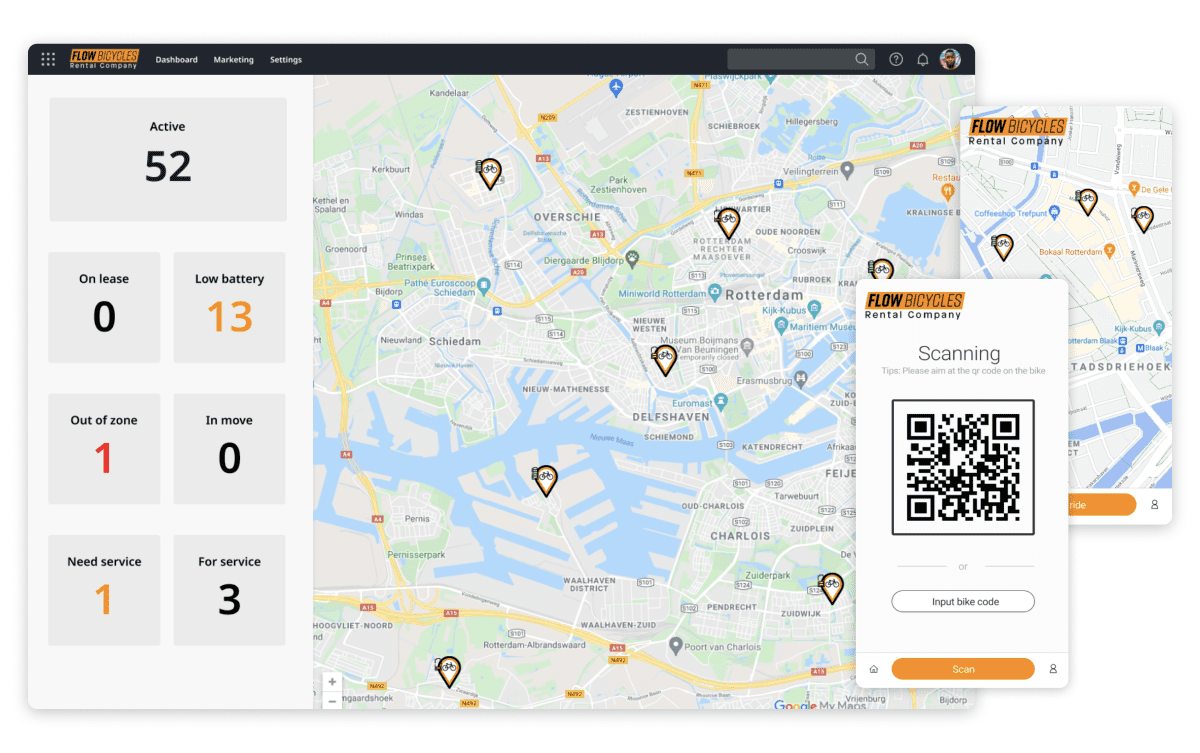Digital Maturity: Taking Your Digital Transformation Next Steps

Often, organizations talk about digital transformation as a one-time activity, as if you finish it as a major project, and “voila” it’s done. You have become that software company you set out to be all those years ago.
Here’s the ugly truth: Digital transformation is never over.
The good news is that just because digital transformation is never-ending doesn’t mean it is devoid of milestones. You can still measure your organization’s digitalization progress. And indeed maybe you’re one of the lucky 30% to have succeeded at digital transformation projects. Everything within your organization is digitized and optimized. Your software portfolio aligns with your digital transformation vision.
So what’s that next stage look like? Let’s look at the stages of digital maturity, and see how they can help you take your digital transformation next steps outside your office walls.
The stages of digital maturity
If digital transformation doesn’t have a finish line, then you need to shift your organization’s mindset to one where digital transformation is about staying competitive and remaining relevant as an organization. This is why digitalization within your four walls isn’t sufficient. Here’s how to re-plot your digital transformation strategy:
- Changing the way you manage internal processes
- External digitalization
- Changing the way they do business
- Creating new digital products
Let’s walk through a scenario with a composite organization, Lato, an electronic bike rental company that produces e-bikes for customers to rent.
Stage 1: Changing the way you manage internal processes
Lato was desirous of moving away from error-prone Excel spreadsheets that tracks bike maintenance and drives an inventory tracking process that more often or not resulted in chasing down misplaced bikes. So they develop software that helps digitize and automate those processes.
The application lets Lato more easily keep track of its inventory and bicycles’ health and location.

Something to note here is a key factor to successful, perpetual digital transformation is ensuring that the portfolio of software that you create always connects back to your strategy or vision. Applications that can quicken time-to-resolution on customer service calls, or eliminate data entry errors in invoicing processes are examples of applications that could lead back to your vision.
Stage 2: External digitalization
Lato is having a much better time tracking their bikes, spending less hours going out and ensuring customers have returned the bikes and having a more effective maintenance process. On the customer experience side, Lato has opened up the application to their customers, making it easier to rent their bikes and see what kind of condition they’re in.

At Mendix, we see many businesses arriving at this stage of their digital maturity and stopping there because either that’s as far as they think they can go, or they don’t know what is next. Plotting out your digital transformation journey goes a long way in knowing how to bring your organization to the next stage.
Stage 3: Changing the way they do business
To understand Stage 3, we need to take Lato’s digitalization story further from their warehouse walls. Lato may have digitalized and automated their manufacturing floor, the way their B2C customers interact with them, but there’s more to be done. Lato’s home city wants to use Lato as their solo provider of e-bikes. The city purchases a set number of bikes from Lato, but they have no digital way of managing them. Lato may be digitalized, but the city is not. This puts Lato back to square one when it comes to digital transformation.
So Lato decides to offer the city an opportunity to change how they work. Lato publishes an API that empowers the city to create its own ebike rental management application. It fits into the city’s own systems and works with their data.

Stage 4: Creating new digital products
Another city that already has a fleet of ebikes heard about the city’s experience with Lato and wants to build their own rental management application. Using the API that Lato published, they, too, are able to build an app that fits their tech stack and customer needs.

Lato sees the value of this capability, not just to commoditize a way to connect to partners better, but to help organizations power their own digital transformation.
Lato was able to take itself from an electronic bike manufacturer and renter to a software company that has IP that lets their B2B customers build their own bike rental applications. Lato has changed the way it and its customers do business, and has changed the way other shops do business as well. On top of that, using a consumption-based model, Lato has created an entirely new stream of revenue in a new market they previously hadn’t been in.
This is the stage of digital maturity you should be striving for – creating a digital ecosystem that supports your customers, partners, and suppliers, not just yourself.
How to get to that next stage in digital transformation
So what have we learned from Lato? Digital transformation isn’t just about your business. You need a way to create different types of business value by offering customers, partners, and other independent software vendors opportunities to launch new business models with your APIs.
The API economy could mean big business for you. According to Akamai’s State of the Internet report, over 83% of web traffic comes from some form of API. This probably explains the projection for the API management market to be worth $5.1 billion by 2023. Money aside, APIs allow you to transform at the pace you want, and—when the time comes—give your partners, suppliers, customers, and more the ability to digitally transform at their own pace. No disruptions.
Any organization at any size and at any point in its life can make next great digital transformation step.
Kermit
Kermit, for example, a healthcare consulting firm went digital and created software that helps hospitals control spending on medical equipment like pacemakers, joint replacements, and other physician-preferred items (PPI). Providers of these items have full control over the billing process, which can be opaque and rife with errors, affecting how much hospitals spend.
The team at Kermit–consisting of two former medical implant sales reps and a business executive–was able to pool together their collective knowledge with low-code and in just 9 months with one developer, created a solution that hospitals can use to curb PPI spending. The service is helping hospitals realize multi-million-dollar savings.
Digital transformation next steps
No matter where you are with digital transformation, you should have a framework you can use to create vision-aligned applications over and over again. This will help you as you transform and optimize internally. It will help you get to that inevitable next step in your digital transformation journey: thinking outside your four walls.
